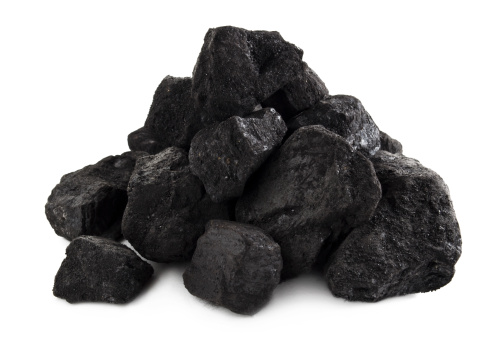
Two down apparently, and who knows how many more to go. Arch Coal Inc. (NYSE: ACI) traded around $0.19 a share early Friday morning in a 52-week range of $0.17 to $3.35. Yesterday Arch reported an adjusted diluted second-quarter loss per share of $0.73 and a net loss of $168 million, and regardless of the company’s brave words about “navigating this challenging market,” Arch could be next in line at the bankruptcy window.
The two major issues facing the industry are potential killers: oversupply and regulations limiting power plant emissions. The murder weapon is natural gas. As a fuel for power generation, natural gas continues to grow while coal continues to sink. When Peabody Energy Corp. (NYSE: BTU) reported earnings earlier this week the company observed:
By 2017, Peabody expects that approximately 55 gigawatts of U.S. coal-fueled generation will retire, with the majority occurring in 2015, and that 250 gigawatts of coal-fueled generation will remain online. While total U.S. utility coal demand is expected to decline approximately 30 to 50 million tons between 2014 and 2017 on lower assumed natural gas prices, PRB [Powder River Basin] and Illinois Basin demand is expected to more than overcome 2015 declines by 2017 as these regions retain a fundamental delivered cost advantage over other U.S. coal basins.
Peabody believes it can continue to compete on price by boosting volumes of its cheaper-to-produce PRB coal. And Alliance Resource Partners LP (NASDAQ: ARLP) is also looking to boost production at its Illinois Basin mines. Appalachian mines will pay the price. As Bloomberg News put it today in a story about Alpha, some mines must die for others to live. And some companies will also die.
CONSOL Energy Inc. (NYSE: CNX) is the largest coal producer by market cap, but its survival plan is based on becoming a natural gas producer. So far that has been only a partial success because natural gas prices are so low. Replacing one low-priced commodity with another equally low-priced commodity is not usually a formula for a quick turnaround, though it could be a good long-term strategy.
Alliance, which is organized as an MLP, announced an increase of $0.05 per common unit to bring its cash distribution to $2.70 per common unit, a yield of more than 11%. Nearly 90% of Alliance’s second quarter production came from the Illinois Basin. Alliance believes that market demand is beginning to stabilize and that recent market weakness is resulting in lower production across the industry. Alliance could be a survivor.
Westmoreland Coal Co. (NASDAQ: WLB) is under pressure from an activist investor to sell the company immediately for a price of more than $31 a share, about double today’s trading level. That might happen, but it won’t happen immediately.
Cloud Peak Energy Inc. (NYSE: CLD) reported an adjusted second-quarter loss of $0.28, far better than analysts expected. Analysts at Cowen say that even though it is in better shape than many peers, Cloud Peak is not “immune” from existing market conditions. The company’s position in the PRB works in its favor. But being the best house in a bad neighborhood is not usually a formula for long term success.
Peabody is a likely survivor and so is CONSOL. Cloud Peak and Westmoreland have market caps of around $200 million and $280 million, respectively. Either or both could be an acquisition target at the right price (but probably not $31 a share). And as long as it can maintain its cash distributions, Alliance will keep investors happy.
But bringing supply into line with demand will inevitably mean reductions in supply as coal-fired generation gives way to natural gas and renewables. For now finding that balance appears to have led Alpha, Walter, and (perhaps soon) Arch to a date with the bankruptcy court.
ALSO READ: 9 States with the Most Dangerous Weather
Thank you for reading! Have some feedback for us?
Contact the 24/7 Wall St. editorial team.



